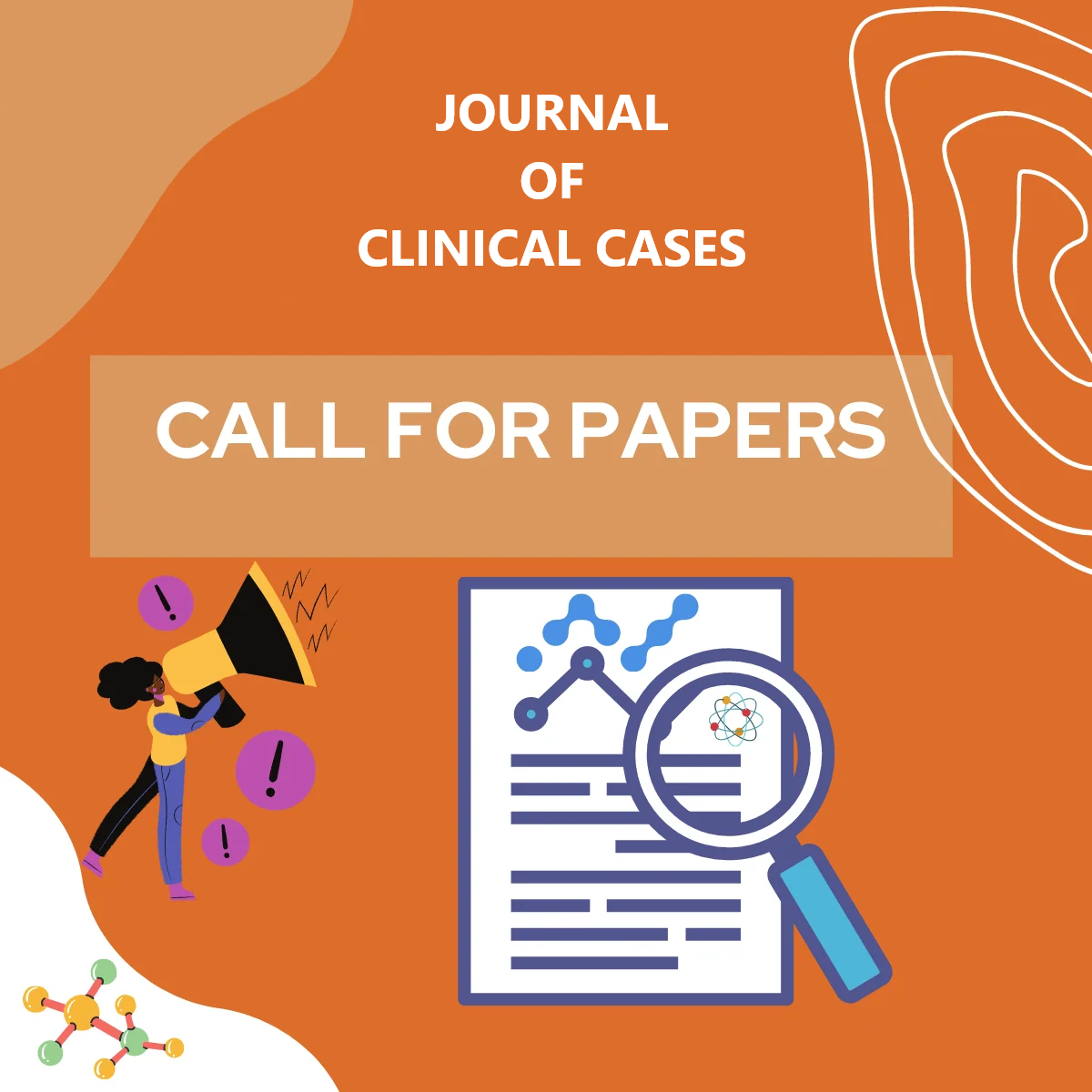Journal Citations
- Crossref
- PubMed
- Semantic Scholar
- Google Scholar
- Academia
- SCRIBD
- ISSUU
- Publons
- MENDELEY
Share This Page
Journal Page

Validation of Internal Consistency of the Assist Scale in the Clinical Population of the Fray Bernardino Álvarez Psychiatric Hospital, Mexico.
Pellon G, Herrera-Estrella M, Freyre J, Martínez X, CuellarGarcía M.
Department
Psychiatric Hospital Fray Bernardino Alvarez, Ciudad de México,
México.
Centro de Salud San Miguel Teotonco
Corresponding Author: Herrera-Estrella M
Published Date: 26 February 2022; Received Date: 12 January 2022
SUMMARY
The Alcohol, Smoking and Substance Involvement Screening Test V3.0
(ASSIST) is used as a sorting tool for the detection of drug users in need
of a light intervention. The need in Psychiatry of valid instruments to
facilitate the correct diagnosis in patients with addictions plus other
comorbid psychiatric pathologies originated this research project, with
the goal of validating the internal consistency of the ASSIST V3.0 test in
the clinic population of the Fray Bernardino Álvarez Psychiatric Hospital.
Objective: Obtain the concurrent validity using internal consistency
measurements of the ASSIST V3.0 in an adult clinical population
with psychiatric comorbidities. Method: The evaluation of a nonprobabilistic sample of 50 inpatients in the “Fray Bernardino Álvarez”
Psychiatric Hospital. The reliability was calculated using the Cronbach
alfa procedure for measurements of internal data consistency. Results:
A construct validation was performed using the Cronbach alfa procedure
and a value higher than 0.84 was obtained. To validate the domains an
analysis of reliability and factorization was performed.
Conclusions:The link between substance abuse and mental illness is the
object of several in-depth studies that take into account the dual-pathology
nature of the situation. This dual aspect makes essential an adequate
detection and the corresponding treatment of the mental disorder in
conjunction with the mental effects derived from substance consumption.
With evidence of the validity of the ASSIST V3.0 in the psychiatric
clinical population, we will have made available a highly useful tool for
the prompt detection of drugs consumption.
Conclusion:In the results of the validation for internal consistency of the ASSIST test in the clinical population of the Fray Bernardino Álvarez Psychiatric Hospital, it can be observed that among the most consumed substances are tobacco (94%), alcohol (98%), cannabis(86%) and cocaine (46%). Emphasizing that although tobacco is the substance of greatest consumption in the clinical population evaluated, it is not the one that causes the greatest dysfunction, in this category it is the consumption of cannabis that causes the greatest impact. This should make the mental health professional pay special attention to the consumption of this substance in the psychiatric clinical population and carry out further studies regarding its frequency of consumption, quantity and the impact this has on this type of population26,17. The link between substance use and mental illness is now a subject being increasingly studied, taking it into account as a dual pathology; which is why the adequate detection and consequent treatment of mental disorders together with disorders derived from the use of substances is essential. Unfortunately, in most cases, and especially in the psychiatric population, the consumption of psychoactive substances goes unnoticed. With the evidence of the validity of ASSIST in a psychiatric clinical population, a very useful tool will become available to detect drug use in a timely manner. The high clinical and social severity together with its high prevalence and therapeutic difficulties, justifies the interest in having reliable and efficient tools such as the ASSIST test to determine early intervention and improve the prognosis of patients in this population. If this premise is not met, the medium and long-term consequences are, from the health point of view, a worse prognosis of the patient already diagnosed and, at the social level, an increase in the degree of mental illnesses. All this generates greater spending on health and institutional care in general. Without the adequate detection of this population and early interventions, the number and duration of relapses of both pathologies increase, decreasing the time intervals between them. Thus, hospitalizations tend to become more frequent and longer.

